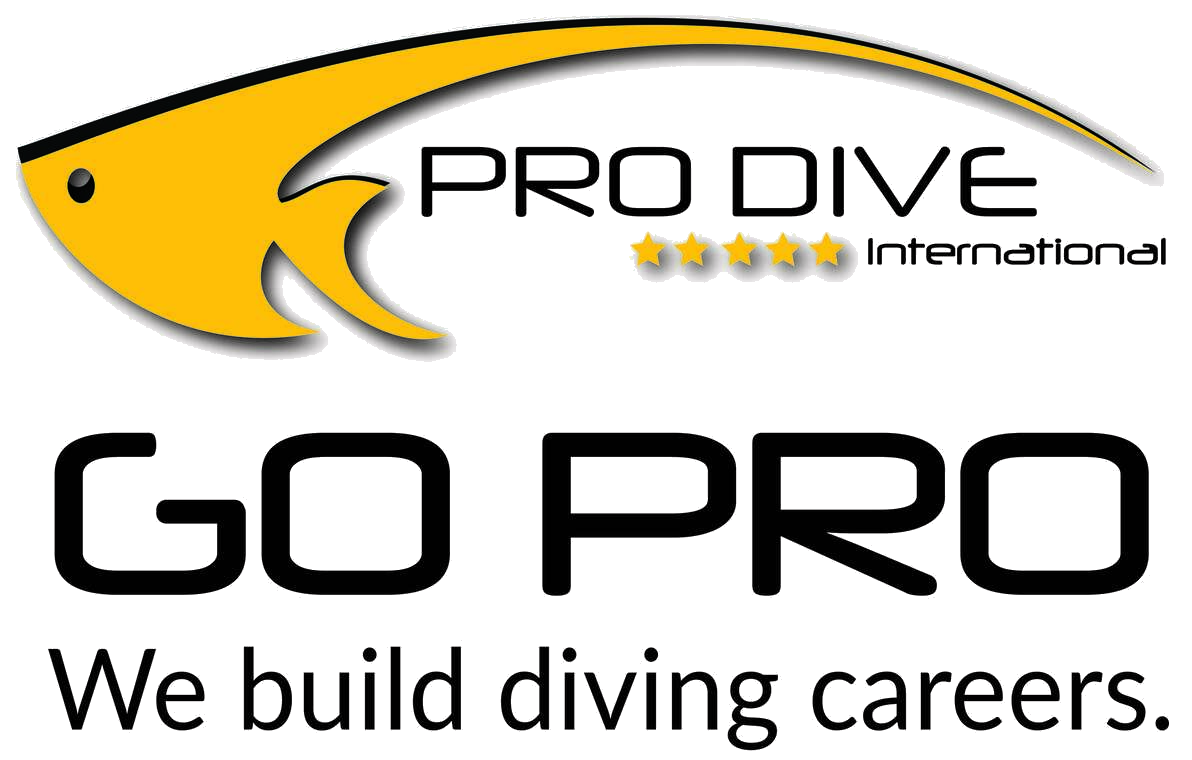Marine Life & Conservation Blogs
Turtles of the Riviera Maya & Cozumel
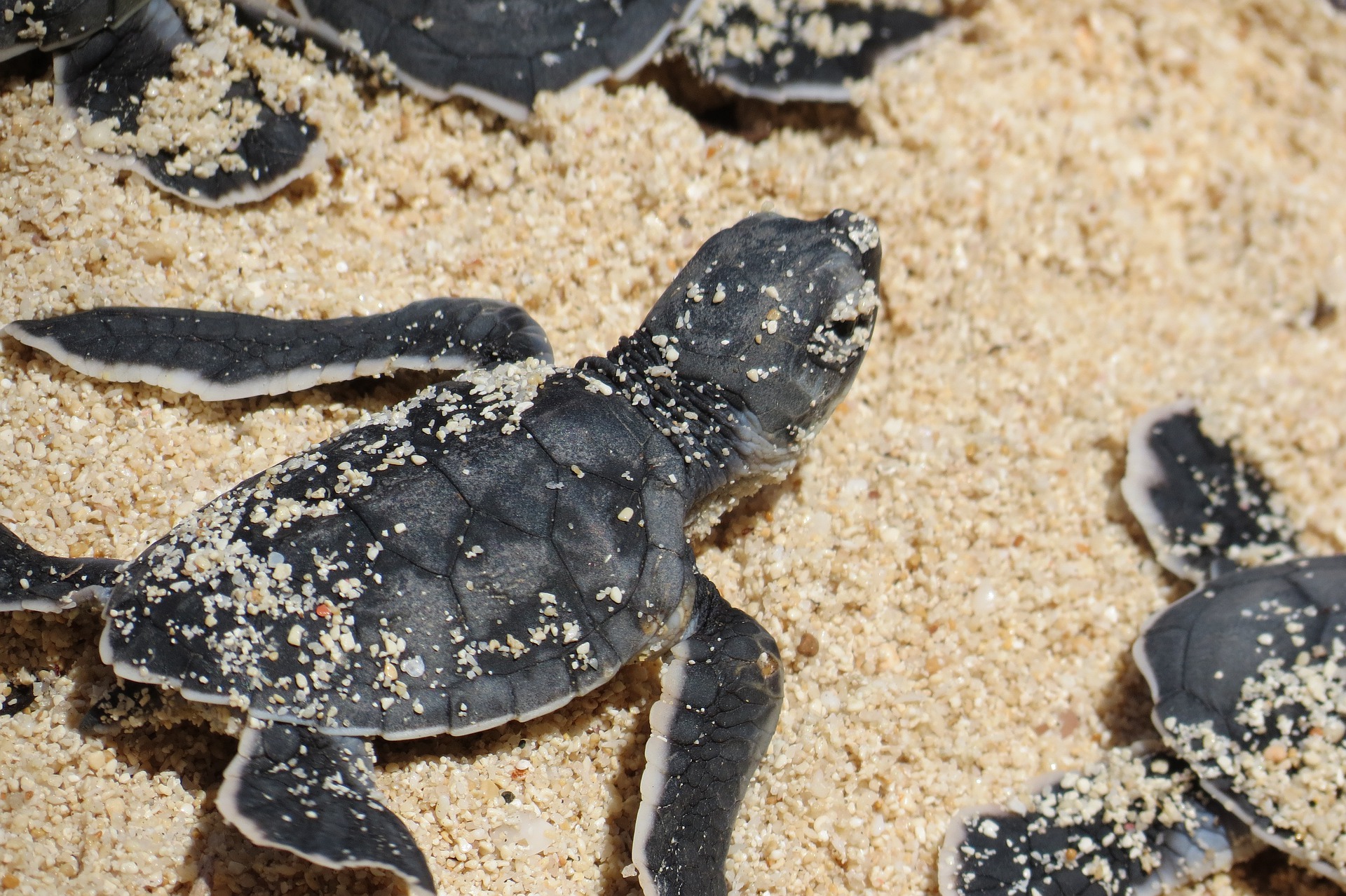
A blog by Pro Dive International
Plenty of empty shells of recently hatched turtle eggs were spotted by our divers at Sabalos. They had been washed off shore onto the reef after the baby turtles had dug out of their nest at night and swam off into the sea.
The turtle nesting season on the Riviera Maya and in Cozumel happens between May and October, which means that you may be lucky to see some nests or even hatchlings during your stay with us.
Six out of the seven sea turtle species worldwide visit Mexico every year. We are lucky enough to get to see Green Turtles and Loggerhead Turtles regularly during our dives, as they are in search of food and a good clean.
The reefs and ecosystems here provide a great number of tasty snacks for a turtle, for example seagrass, sponges, crustaceans and many more. And while the turtles pass through the reef, they receive a top-notch cleaning service from many of the local fishes who feed on their parasites and algae growth.
6 Turtle Fun Facts
- Green turtles are so named because of their green colored fat caused by their rich diet of seagrass.
- Green Turtles are the largest hard-shell turtles in the world. The largest known green turtle weighed 395 kg/ 871 lbs, with a shell that measured more than 152 cm/ 5 ft.
- Loggerhead Turtles are so named for their massive broad muscular heads.
- Adult males are normally easy to distinguish from females because of their long tails visible extending past their shell.
- Female turtles normally return to the exact same location where they were born to lay their eggs.
- The sex of a baby turtle is determined by the temperature at which the egg is kept.
Turtles are regular visitors to many of our dive sites, but they are most commonly found at Tortuga – this dive site is even named turtle in Spanish! It’s located just off shore from our dive center at the Occidental Xcaret and easily accessible by boat from any of our Playa Del Carmen locations.
Moreover, for those of you who are not divers, we are lucky enough to have some extensive seagrass beds where green turtles love to hang out and eat, which is an easy snorkel off shore during one of our tours with a guide who is licensed to enter those protected areas.
Turtle Locations
Besides observing them underwater, you may be lucky to find some turtle nests in front of your resort on the Riviera Maya or in Cozumel. Hotel employees usually rope them off to ensure their protection.
Turtle conservation projects are a great alternative to learn more about their behaviors, importance for the marine environment, how you can help protect them, and to observe nests or turtles first hand:
- Centro Ecológico Akumal – an NGO with a 28-year history
- Punta Sur Eco Beach Park – a 247-acre ecological park in Cozumel
- Sea Turtle Conservation Project Tulum by CONAP/ Flora, Fauna y Cultura de México
Turtle Protection
Every sea turtle species on earth nests on Mexico’s beaches (save one that is only found in Australia). Consequently, Mexico is known as the sea turtle capital of the world and its turtle protection laws are so important on a global scale.
Current Mexican law classifies all sea turtle species as endangered.
Regulations
- Turtles can’t be killed for their meat, skin, shell or eggs.
- Native vegetation can’t be removed in nesting habitats, to stop erosion.
- New regulations call for moving, changing or eliminating any light sources that illuminate a nesting beach, as baby turtles can become disoriented from finding their way to the ocean.
- Vehicles can have a maximum weight of 300 kg on nesting beaches and only be used for patrolling and management of the nesting site.
- Recently outlawed were turtle release events, as many places kept the hatchlings in confinement for several days until a sufficient number of participants had signed up for this activity. Upon release, they were too weak to handle the surf and avoid predators.
All of these and many more regulations help protect beaches, nests, female sea turtles, their eggs and hatchlings to make it a safer place for them.
How to start your Turtle Adventure
Let’s discover some turtles together during our dives! If you are not a diver, why not sign up for a PADI course; or join our Mexican Snorkeling Adventure at 15% OFF starting from Playa del Carmen or Tulum, if booked online until 16/09 & redeemed until Dec 22, with reference to this blog!
Blogs
Evolution of Manatees in Florida
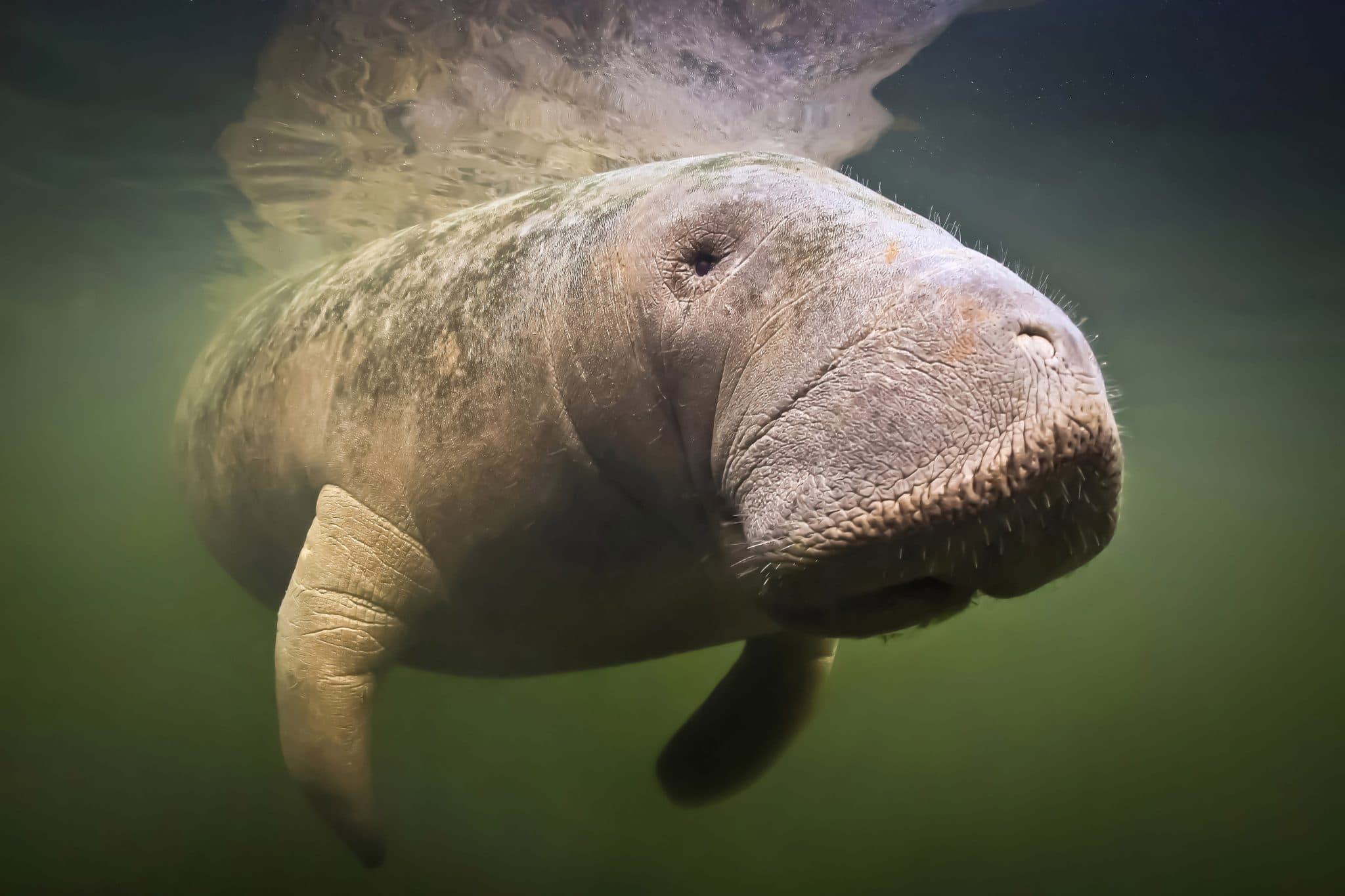
Op-ed by Beth Brady, PhD, Senior Science and Conservation Associate, Save the Manatee® Club
Recent news articles and broadcasts have claimed that manatees are not native to Florida or only arrived on Florida’s west coast in the 1950s. These claims, based on limited anthropological records, point to where manatees were historically exploited by humans and assume that a lack of evidence means manatees were absent from certain areas. However, absence of evidence is not evidence of absence—it’s like looking for stars in the daytime; just because you can’t see them doesn’t mean they’re not there. Moreover, genetic and fossil evidence indicate manatees have been present in Florida for the last 12,000 years.
The Florida Fish and Wildlife Conservation Commission (FWC), which manages Florida manatee populations, has created a manatee timeline highlighting key dates and notable information about manatee presence in Florida (https://myfwc.com/education/wildlife/manatee/timeline/). Historical records suggest that manatees have been observed in Florida as far back as the 1500s, with some details presented by the Florida Fish and Wildlife timeline aligning with evidence presented in the publication.
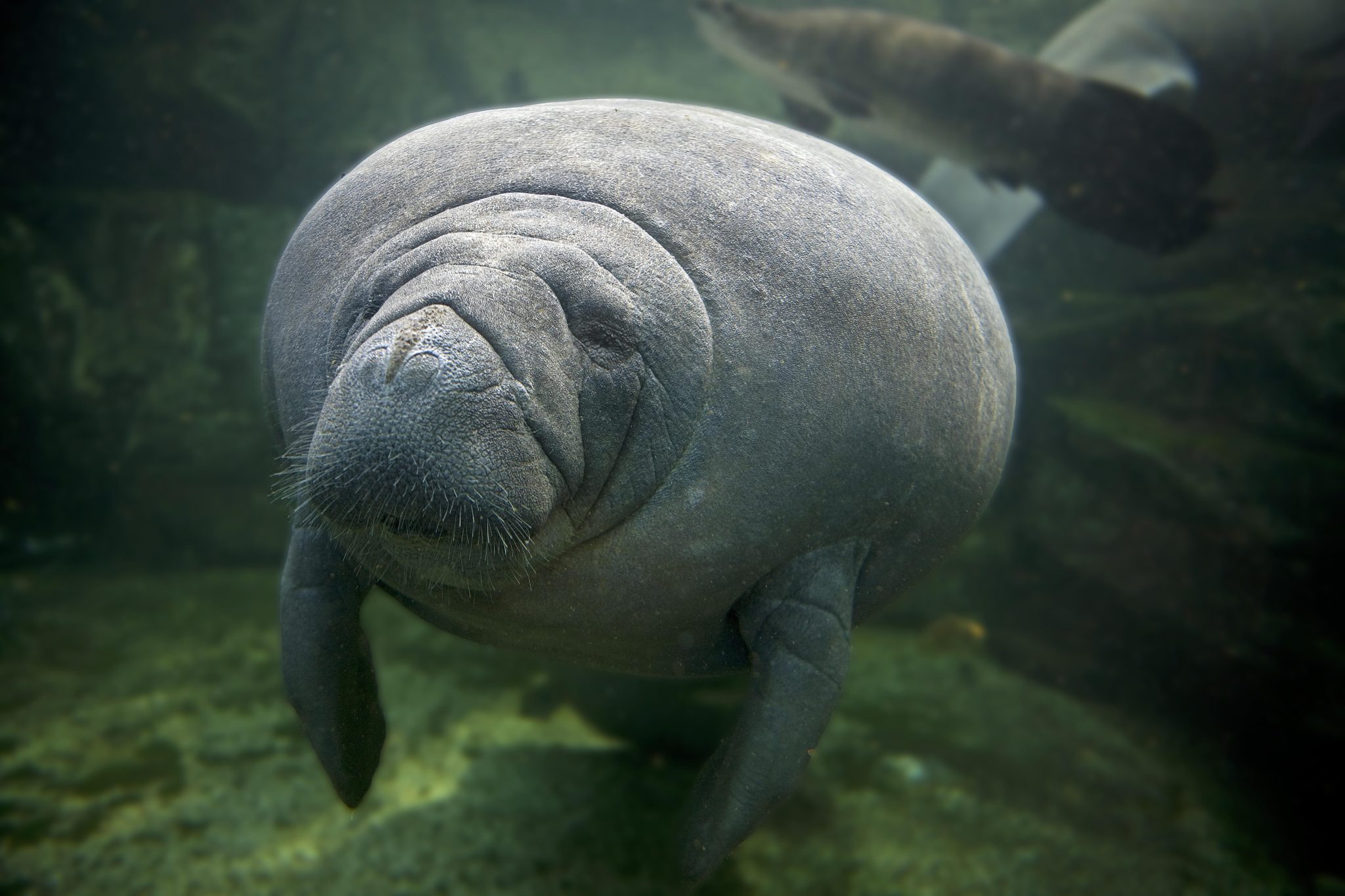
Manatee species, such as the African manatee and the Antillean manatee, continue to be poached by humans (Marsh et al., 2022). As a result, these species are difficult to observe in the wild and may adapt by foraging at night to avoid human encounters (Rycyk et al., 2021). This behavior could help explain why historical Florida manatee populations that were hunted by humans are absent from middens and rarely mentioned in historical accounts.
Further, the publication only briefly touches on the paleontological record and genetic evidence, which indicate that manatees have existed in Florida for a much longer period. Fossil and genetic evidence reveal a rich history of manatees in Florida. Manatees belong to the order Sirenia, which includes the Amazonian, African, and West Indian manatee species. While Sirenian fossils have been found globally, only Florida and the Caribbean contain specimens from every epoch over the past 50 million years (Reep and Bonde, 2006). The modern manatee, as we know it, emerged in the Caribbean about 2 million years ago (Domning, 1982).
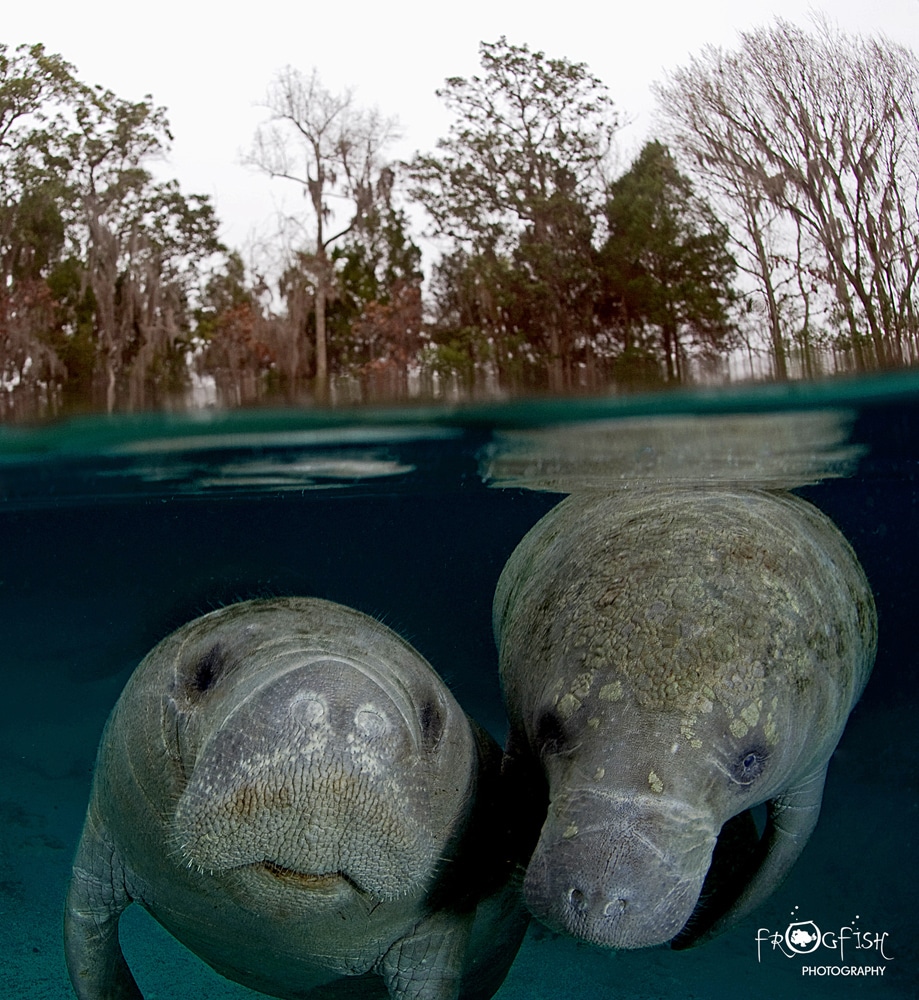
The evolution of manatees during the Pleistocene epoch provides valuable insights into how environmental changes shaped their distribution and genetic diversity. During the Pleistocene epoch (2.59 million to 11,700 years ago), there were roughly 20 cycles of long glacial periods (40,000–100,000 years) followed by shorter interglacial periods lasting around 20,000 years. At the start of these warmer periods, Caribbean manatees migrated northward with the warming waters (Reep and Bonde, 2006). Water currents and thermal barriers isolated these manatees from populations in Mexico and the Caribbean, leading to genetic divergence. Fossil evidence indicates that Trichechus manatus bakerorum lived in Florida and North Carolina about 125,000 years ago but did not survive the last glacial period, which began 100,000 to 85,000 years ago (Domning, 2005). This subspecies was eventually replaced by modern Florida manatees.
This evolutionary theory is further supported by genetic evidence. Research indicates that Florida manatees trace their evolutionary origins to Caribbean ancestors that migrated northward over the past 12,000 years (Garcia-Rodriguez et al., 1998). A 2012 study by Tucker et al. reinforces this theory, showing higher genetic diversity in manatees on Florida’s west coast compared to those on the east. Over time, core populations migrated northward, with some groups moving south and east along the Florida coastline before heading north along the Atlantic. This migration pattern left the west coast population with greater genetic diversity, while the east coast population retained only a smaller subset. These findings suggest that the founding population of Florida manatees—arriving approximately 12,000 years ago—originated along Florida’s southwestern coast, which became the center of the state’s manatee population (Reep and Bonde, 2006). The process of vicariance further supports this hypothesis; as geographic and ecological barriers emerged, they likely isolated the Florida manatee populations from their Caribbean ancestors. This isolation likely limited migration back and forth between regions, fostering the establishment of local populations in southwestern Florida.
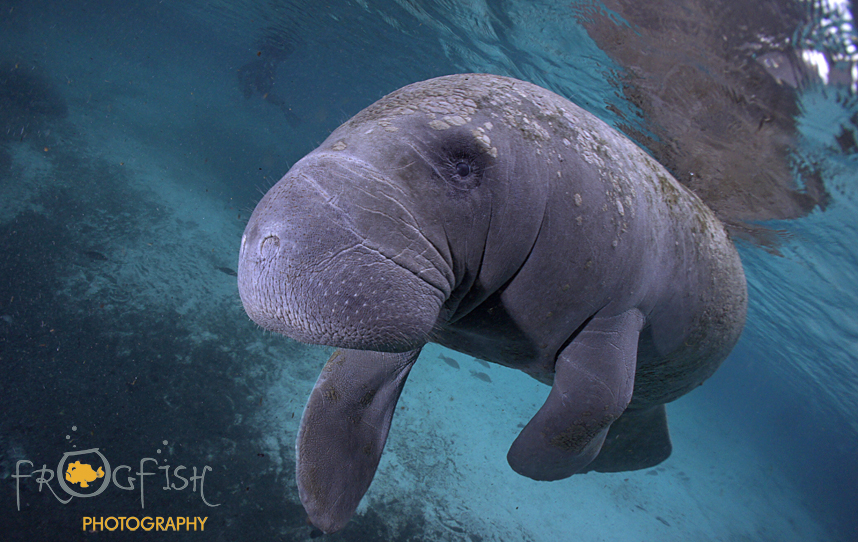
Manatees are not only a cherished symbol of Florida’s natural heritage but also a species with deep evolutionary and historical ties to the region. In sum, despite recent claims questioning their nativity, extensive fossil and genetic evidence confirms that manatees have been present in Florida’s waters for thousands of years, with ancestors dating back over 12,000 years. We agree with the authors of the published article that protecting these iconic creatures and their habitats is essential to preserving Florida’s unique ecological identity for future generations
Beth Brady is the Senior Science and Conservation Associate at Save the Manatee Club whose work focuses on manatee biology and conservation. She has her PhD from Florida Atlantic University and her Master’s in Marine Science from Nova Southeastern University.
Blogs
Saba’s Plan for a Coral Comeback

Saba has an exciting new initiative to restore its coral reefs. This new project, running from 2024 to 2026, will focus on reviving key species in the island’s underwater ecosystems. With a collaborative team from the Saba Conservation Foundation (SCF) and Van Hall Larenstein (VHL) University of Applied Sciences, the project aims to restore both corals as well as sea urchins.
This initiative is centered around coral restoration, specifically reviving two essential coral species—staghorn coral (Acropora cervicornis) and elkhorn coral (Acropora palmata). By mapping parent colonies and using a technique known as coral gardening, SCF will create and maintain coral nurseries. These corals will eventually be outplanted at key reef sites around Saba to not only expand the number of coral colonies, but also provide essential fish habitat. The project focusses on installing coral nurseries, training staff with the newest techniques and starting with the restoration of key reef sites.

Reef Cleaners to the Rescue
It’s not just corals getting a makeover—this project also shines a spotlight on the essential role of grazers, particularly sea urchins. VHL is leading the charge on cultivating and restocking two key sea urchin species, West Indian sea egg (Tripneustes) and long-spined sea urchin (Diadema), known for their ability to keep algae in check. By removing algae, which are important competitors of corals, they help the coral to thrive. By restoring these “reef cleaners,” Saba’s project will give corals the breathing room they need to grow, setting the stage for a healthier, more balanced marine ecosystem.
From Tiny Urchins to Big Goals
The project will be funded as part of the Dutch Government’s Nature and Environment Policy Plan (NEPP) 2020-2030 for the Caribbean Netherlands, a comprehensive initiative aimed at conserving and restoring the unique natural environments of the Dutch Caribbean islands, including Saba, St. Eustatius, and Bonaire. This project is aiming for big milestones: build and maintaining coral nurseries, the expansion of urchin cultivation facilities, and the creation of a dedicated research center. By 2026, the project hopes to ramp up coral and grazer restoration, with the ultimate goal of extending these efforts across the Dutch Caribbean. By linking local initiatives to broader regional goals, Saba’s restoration project promises to leave a lasting impact on both the environment and the community.
Find out more about the DCNA at dcnanature.org.
-

 Gear Reviews1 month ago
Gear Reviews1 month agoGear Review: SurfEars 4
-

 News3 months ago
News3 months agoSanta Divers take the Plunge for Charity
-

 Marine Life & Conservation2 months ago
Marine Life & Conservation2 months agoPaul Watson Released as Denmark Blocks Japan’s Extradition Bid
-

 Blogs2 months ago
Blogs2 months agoJeff Goodman Launches Underwater Moviemaker Course with NovoScuba
-

 News2 months ago
News2 months agoDive into Adventure: Limited Space Available for January Socorro Liveaboard Trip with Oyster Diving
-

 Blogs2 months ago
Blogs2 months agoExperience Malta and Gozo in 2025: A Paradise for Divers and Culture Lovers
-

 Blogs3 months ago
Blogs3 months agoThe Benefits of Underwater Photography Workshops
-

 Blogs3 months ago
Blogs3 months agoDiscover Curaçao with the Ultimate Dive Vacation Guide – 2024 DEMA Special Edition


